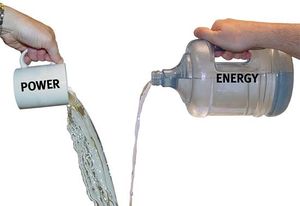MontyFloyd
Member
I think this first flight is a great achievement for all those involved.
Nonetheless, the design is still fatally flawed since they completely miscalculated realistic empty weight and battery weight fractions required to maximize range as much as possible, considering the limitations of pure battery powered propulsion.
Note that this week Eviation quietly updated their web site with a takeoff weight increasing from 16500 to 18400 lb and range slashed from 440 nm to 250 nm. That gets them closer to reality but still not quite there yet. Notably, the 30 minutes VFR reserves is of no use in a commercial environment.
They acknowledge this since their new CEO said this week that "the aircraft will enter into service when battery technology evolution will get us the energy densities to make a product that is commercially viable".
This could be a long wait.
It is a good effort into that direction, and I am proponent of BEA, but also hate to see hype bullshat that borders on or is outright fraud.
I commend you for laying down those numbers!
Yep. Batteries will continue to improve, and our electric cars will lose a little weight or gain a little range from year to year. But the tipping point to commercially viable electric planes is a very long way off and may never happen. And a nine-passenger plane is too small for any but the tiniest markets. The float planes I took to and from San Juan Island, and to and from Katmai, AK, were around that size, but the single-engine planes I took to and from safari lodges in Kenya were a bit bigger, IIRC. Teeny tiny markets.
Hawaii, Alaska, Maldives, other places need those, the numbers are there, but the big money is not.
Flip side, the Cessna 208 could probably be easily converted to BEA for a fraction of a completely new build.




